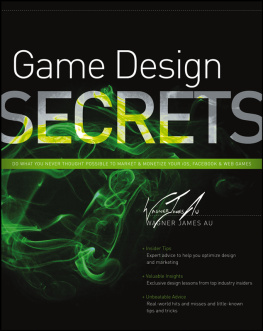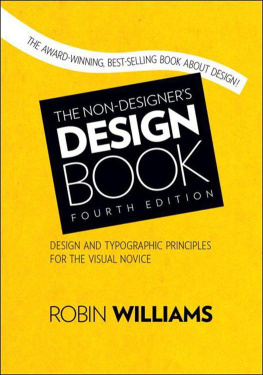PATRICK McNEIL, creator of designmeltdown.com
The Web Designers Idea Book, Volume 2
more of the best themes, trends and styles in website design

Thank you for purchasing this How Design eBook.
Sign up for our newsletter and receive special offers, access to free content, and information on the latest new releases and must-have designing resources! Plus, receive a coupon code to use on your first purchase from MyDesignShop.com for signing up.
or visit us online to sign up at
http://howdesign.com/ebook-promo
THE WEB DESIGNERS IDEA BOOK, VOLUME TWO. Copyright 2010 by Patrick McNeil. Manufactured in the USA. All rights reserved. No other part of this book may be reproduced in any form or by any electronic or mechanical means including information storage and retrieval systems without permission in writing from the publisher, except by a reviewer, who may quote brief passages in a review. Published by HOW Books, an imprint of F+W Media, Inc., 4700 East Galbraith Road, Cincinnati, Ohio 45236. (800) 289-0963. First edition.
For more excellent books and resources for designers, visit www.howdesign.com.
14 13 12 11 10 5 4 3 2 1
eISBN 13: 978-1-4403-1118-5
Distributed in Canada by Fraser Direct
100 Armstrong Avenue
Georgetown, Ontario, Canada L7G 5S4
Tel: (905) 877-4411
Distributed in the U.K and Europe by F+W Media International
Brunel House, Newton Abbot, Devon, TQ12 4PU, England
Tel: (+44) 1626-323200, Fax: (+44) 1626-323319
E-mail: postmaster@davidandcharles.co.uk
Distributed in Australia by Capricorn Link
P.O. Box 704, Windsor, NSW 2756 Australia
Tel: (02) 4577-3555
Cataloging-in-Publication data can be found on record at the Library of Congress.

Edited by Amy Schell Owen
Designed by Grace Ring
Production coordinated by Greg Nock

DEDICATION
For Angela and Jack.
ABOUT THE AUTHOR
Patrick McNeil is a web developer focused on content management systems and front-end web development. His love for both technology and design makes the web his ideal playground, and his diverse interests allow him to be involved in everything from writing and speaking at conferences to digging into jQuery and advanced content management system integrations. Ultimately, his love for design drives him to obsess over cataloging web sites into the various trends and patterns presented in this very book.
ACKNOWLEDGMENTS
As with the first Web Designer's Idea Book, I can't imagine how I could thank anyone for making this second volume without first acknowledging the countless designers who worked so hard to make the designs presented in this book. It is the work of others that inspires me to obsess over web design, and I truly appreciate the passion you pour into your work. I also owe many thanks to the readers and fans of Design Meltdown and the first book; your response far exceeded my expectations and I am grateful for your support. While many people at F+W Media make a book like this possible, I particularly appreciate Amy and Grace's efforts to help push this book to be the best it can be. And as always, my wife Angela is my biggest supporter: She encourages me to chase my dreams and sacrifices countless hours as I stay up late writing.
table of contents
word from the author
The web is one of the fastest-changing mediums creatives can hope to work in. The styles come and go as quickly as you can imagine, and new development techniques are always emerging. These new techniques lead to other trends and patterns that turn up in countless web sites. On the whole, I am thrilled to see how the web industry is progressing. The past year was a good one for web design. We saw many of the web 2.0 fads fade, such as frivolous badges and an insatiable use of glossy designs; in their place, a refined style with a sense of purpose has emerged.
I can't help but reflect on how much things have changed since the original Web Designer's Idea Book, especially from a technology standpoint. With much wider acceptance of JavaScript-based tools than ever before, libraries like jQuery continue to shape the face of web sites. Flash, while still ever-present, has more and more found its place in the myriad of web development tools and is no longer the de facto standard for sites that demand to be amazing. And mobile platforms have become an unstoppable force that will drive change in the industry. The web is evolving, the same as it always has. If you're up for it, the web industry offers endless opportunities to grow and learn. And this is just what I and so many others are addicted to.
It is this addiction which drives me to obsess over trends and patterns and form them into this book. In fact, I am already thinking about what books three and four might contain. I believe I share this insatiable appetite for learning, growth and better understanding with many people in my field. There is a reason you can google almost any web development problem and quickly find an answer. We are a community of people passionate about what we do and fearless about sharing that knowledge. I sincerely hope that this book can be part of my contribution to the web community.
Patrick McNeil
Note: If you would like to submit your designs for possible use in future books, please visit TheWebDesignersIdeaBook.com to sign up for our semi-annual mailing list. You will be informed of book releases, calls for entries and other information directly related to the books. Submitting sites is free, easy to do and is open to anyone. And if you think you are too small of a shop to submit your work, I encourage you to do so anyway. I pride myself on profiling many lesser-known sites. My books showcase what is happening on the web, not just the most expensive sites.
01 / using inspiration in the design process
inspiration
One of the questions I get asked most is how to leverage inspiration without plagiarizing or stealing someone else's ideas. In some ways, this is a really easy question, simply answered. Don't steal ideas. The nuance of this is the hard part. At what point does inspiration become theft? The lines are blurry, especially when we consider the fact that no one operates in a bubble. All design is influenced by the previously created works we are surrounded by. Marko Prljic is a web designer who has also written on this very topic. This chapter, penned by Marko, takes us step-by-step through the creation of a new design. More importantly, it demonstrates how various ideas, approaches and design elements can be found elsewhere and merged together to create a new design. I am excited for this book to inspire you and challenge you to borrow ideas without ripping them off.
01 / inspiration
using inspiration in the design process
using inspiration in the design process
By Marko Prljic
Get inspired, but don't copy. There is a thin line between inspiration and copying one that is further blurred as we are surrounded with designs and art in our everyday lives. Finding inspiration for a design is an easy task these days, having so many valuable resources to leverage. The web has been inundated with web design showcases. There is no exact formula for how to use inspiration and not copy someone else's work, but there are some straightforward ways to avoid it. Here, I will take you through my design process for a web site I recently created. Through examples of inspiration, I will demonstrate how I created a fresh and new design while leveraging various sources of inspiration. But before we step through an example, let's look at some core concepts when it comes to using inspiration.

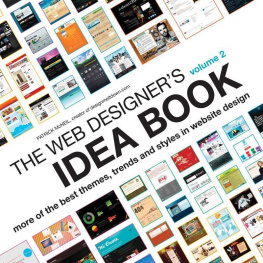
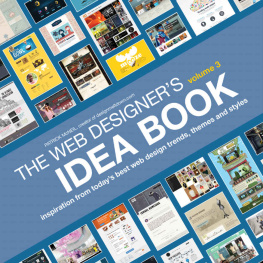
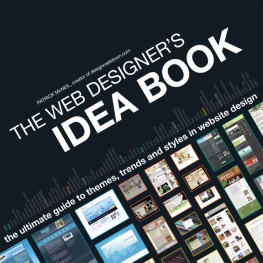
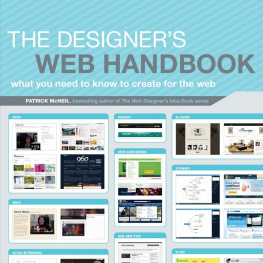

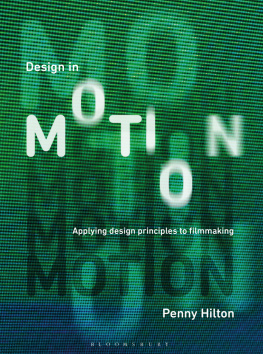
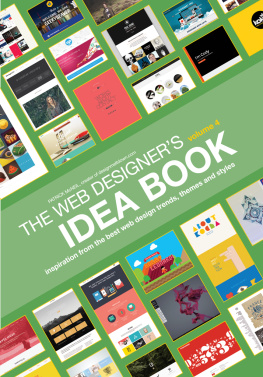


![Ethan Ham [Ethan Ham] - Tabletop Game Design for Video Game Designers](/uploads/posts/book/119417/thumbs/ethan-ham-ethan-ham-tabletop-game-design-for.jpg)
